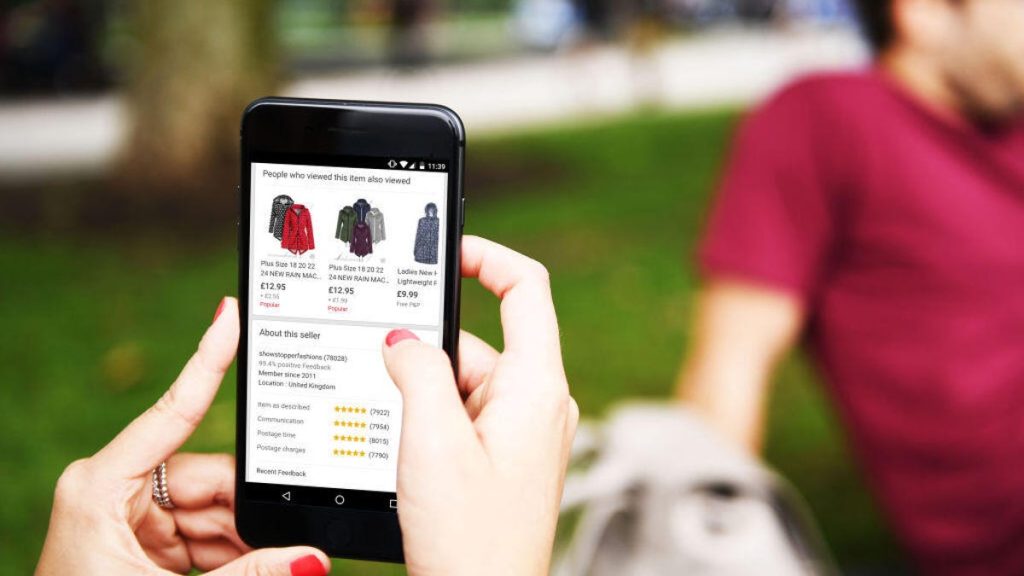I tested nine different thrifting apps to determine which were the best. The apps had to meet certain criteria in order to be eligible for review, such as being resale-focused, available on both the Apple and Google Play app stores, and offering only resale services and not additional services like rentals. User experience was a key factor in evaluating and ranking the apps, with a focus on fees, ease of return, ease of use, and product availability and inclusivity. To understand the user experience, the reviewer created accounts on all the apps, explored personalization options, read help pages, and browsed extensively. They also sought outside perspectives through Reddit threads, blogs, and video reviews to gain a comprehensive understanding of each app.
Comparing the general prices of items across the apps proved challenging, so the reviewer looked at factors that could influence prices, such as fees, shipping costs, sales, and discounts. They also considered the return process and how refunds are handled. While occasional high price tags could be found on any app, the focus was on understanding the market factors that determine an item’s price. By analyzing these elements, the reviewer aimed to provide a clear comparison of the apps and help users make informed decisions about where to shop for secondhand items.
User experience played a significant role in the evaluation of the thrifting apps, with a focus on how the apps addressed common pain points in secondhand shopping. The ease of returning items, the user-friendliness of the app and website, and the availability of products in various categories were all important considerations. By immersing themselves in the apps, exploring features, and engaging with the community through online platforms, the reviewer gained valuable insights into the strengths and weaknesses of each app. This comprehensive approach ensured that the evaluations were thorough and reflective of the overall user experience.
The inclusion criteria for the thrifting apps were designed to ensure that the apps selected for review were accessible and aligned with comparable business models. By focusing on resale-focused apps available on popular platforms, the reviewer aimed to provide recommendations that would be relevant and useful to a wide range of users. Additionally, by considering factors such as fees, ease of return, and product availability, the reviewer was able to offer insights into the overall performance of each app and highlight areas where improvements could be made. This approach helped to create a comprehensive and informative evaluation of the best thrifting apps available on the market.
In their evaluation of thrifting apps, the reviewer considered various aspects of the user experience, including fees, ease of return, ease of use, and product availability. By creating accounts on all the apps and exploring their features, the reviewer gained firsthand experience of how each app functioned and how they addressed common challenges in secondhand shopping. Seeking outside perspectives through online communities and reviews also provided valuable insights into the strengths and weaknesses of the apps. By taking a holistic approach to evaluating the apps, the reviewer was able to offer comprehensive recommendations based on real user experiences and feedback.


